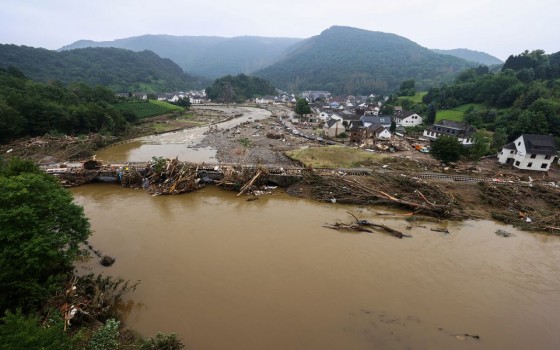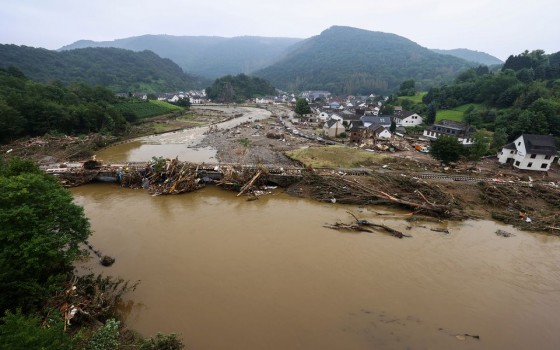
International organizations warn of the threats of extreme heat to the health and livelihoods of workers worldwide.

- Europe and Arabs
- Saturday , 23 August 2025 6:8 AM GMT
New York: Europe and the Arabs
The World Health Organization and the World Meteorological Organization warned that extreme heat is rapidly becoming one of the biggest threats to the health and livelihoods of workers worldwide.
This came in a joint report issued by the two UN agencies, entitled: "Climate Change and Heat Stress in the Workplace." The report highlighted the increasing risks as climate change causes longer, more intense, and more frequent heatwaves. According to the UN Daily News Bulletin,
While the report emphasizes that workers in agriculture, construction, and fishing sectors already suffer the effects of dangerous temperatures, it notes that vulnerable groups in developing countries—including children, the elderly, and low-income communities—face increased risks.
"Heat stress is already damaging the health and livelihoods of billions of workers, especially in the most vulnerable communities," said Dr. Jeremy Farrar, WHO Assistant Director-General for Health Promotion, Disease Prevention and Care. "This new guidance offers practical, evidence-based solutions to protect lives, reduce inequalities, and build more resilient workforces in an increasingly hot world." A Summary of 50 Years of Research
The report draws on five decades of research and highlights how rising temperatures impact both health and productivity.
The World Meteorological Organization confirmed that 2024 was the hottest year on record, reaching 1.55°C above pre-industrial levels, with daytime maximum temperatures above 40°C becoming common, even exceeding 50°C in some regions.
“Occupational heat stress has become a global societal challenge, and is no longer confined to countries near the equator – as the recent heatwave in Europe highlighted,” said Ko Barrett, Deputy Secretary-General of the World Meteorological Organization. “Protecting workers from extreme heat is not just a health necessity, but an economic imperative.”
Disturbing Findings
The report details how extreme heat is reshaping the world of work. It concludes that worker productivity falls by 2 to 3 percent for every degree above 20°C. The health effects are wide-ranging and include heatstroke, dehydration, kidney failure, and neurological disorders. Overall, nearly half of the world's population now experiences the negative effects of high temperatures.
Urgent plans to address heat stress
The World Health Organization and the World Meteorological Organization called for urgent action plans to address occupational heat stress, tailored to industries and regions. The organizations' guidance includes several recommendations:
Develop targeted occupational health policies to address heat stress, based on local weather and workforce vulnerabilities.
Prioritize protection for middle-aged and older workers, those with chronic health conditions, and individuals with less physical fitness.
Train health professionals, employers, and workers to recognize and treat heat stress, as it is often misdiagnosed.
Involve workers, unions, and local authorities in formulating heat health strategies.
Promote affordable, sustainable, and scalable solutions, along with innovation and new technologies.
Enhance research and monitoring to ensure measures remain effective.
The guidance is based on ILO findings that more than 2.4 billion workers are exposed to excessive heat worldwide, resulting in more than 22.85 million occupational injuries each year.
"A significant achievement"
"This report represents a crucial milestone in our collective response to the growing threat of extreme heat in the world of work," said Joaquim Pintado Nunes, Director of the ILO's Occupational Safety and Health and Working Environment Department. "In line with the ILO's mandate to promote safe and healthy working environments as a fundamental right, it provides robust, evidence-based guidance to help governments, employers, and workers address the growing risks of climate change."
Call to Action
The two UN agencies emphasize that addressing heat stress is essential to protecting lives, livelihoods, and economies. The guidance supports the UN Sustainable Development Goals and urges decisive action to protect vulnerable workers, reduce poverty, and promote sustainable growth. The report emphasizes that urgent and coordinated action is no longer an option, but a necessity.












No Comments Found